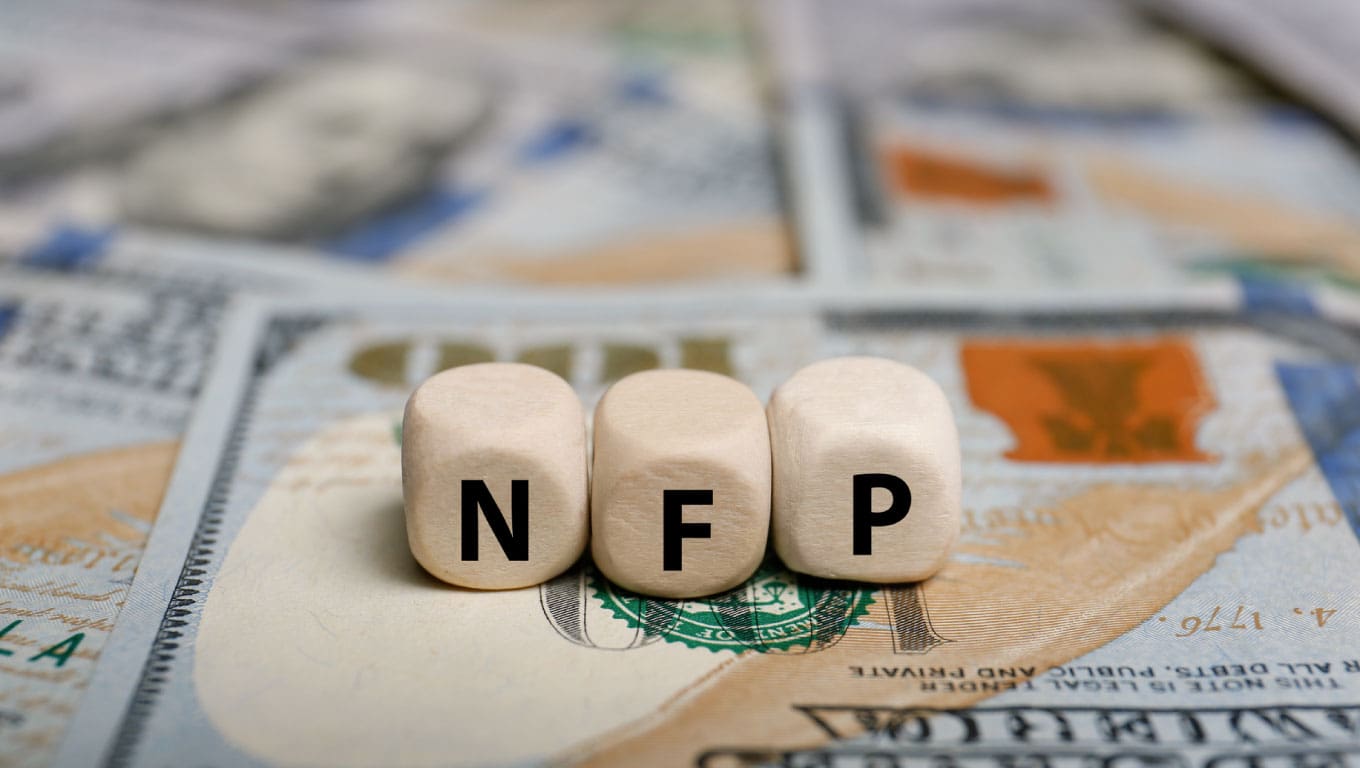Introduction to payrolls
There are so many macroeconomic indicators to keep track of, but it is one of the responsibilities of the careful and knowledgeable investor; today we are going to talk about Nonfarm Payrolls, a particularly important data point regarding U.S. employment.
We know that it is not easy to follow all the dates, but you can take advantage of portals such as TradingView and Investing.com to look up the entire history of the various indicators.
That said, we can move on to the subject of this article: the Nonfarm Payrolls. We will see what they are, when they are published and mention other useful indicators to keep clear on the employment scenario in the stars and stripes. Given the central role of the States, knowing everything important that is happening puts us in the best position to invest successfully.
Let’s get started!
Index
Nonfarm Payrolls: what are they?
Let’s get right to it: what are Nonfarm Payrolls? Translated to “nonfarm payrolls,” the indicator measures the change in the number of payrolls in non-agricultural activities over the past month. It is compiled by the U.S. Bureau of Labor Statistics.
Nonfarm Payrolls are critical to assessing the health of U.S. employment and are the most important single data point of all. Indeed, we must keep in mind that nonfarm payrolls are roughly80 percent of all workers. Consequently, in addition to being a decidedly impactful figure regarding employment, its changes can also suggest the direction of other indicators, including, for example, GDP.
Since this is a monthly published data, Nonfarm Payrolls can present very different numbers than the previous time; volatility is therefore at home. Let us also add that it is an indicator capable of showing the situation quite quickly.
Release of Nonfarm Payrolls
Nonfarm Payrolls are released on the first Friday of each month.
Generally, markets wait for the new numbers and sometimes react noticeably to the results, especially if they deviate from forecasts or vary quite a bit from the previous time. We therefore recommend moving cautiously in the hours coinciding with the publication, so as to avoid getting caught up in any jolts.
Nonfarm Payrolls and other useful indicators
Besides Nonfarm Payrolls, what indicators should we keep track of regarding U.S. employment?
The first that comes to mind is the unemployment rate, a figure that underlies macroeconomics and which we should always be aware of. To this we add the interesting Initial Jobless Claims and Continuing Jobless Claims, published every Thursday and capable of showing whether the number of unemployed is growing.
Then pay attention to the JOLTS Job Openings, data compiled by the Bureau of Labor Statistics and based on questionnaires submitted to employers. Thanks to it we can know how many job positions are open and understand how the relationship between labor supply and demand is moving .
Finally, those who are more observant and want to know just about everything will keep track of parameters such as average hourly wage.
Let’s close with an indicator closely related to Nonfarm Payrolls: the ADP Nonfarm Employment Change. This is a data compiled by Automatic Data Processing, also on a monthly basis and based on data from about 400,000 U.S. business clients.
Because it is released two days before Nonfarm Payrolls, the ADP Nonfarm Employment Change is believed to be an excellent predictor of government outcomes.

